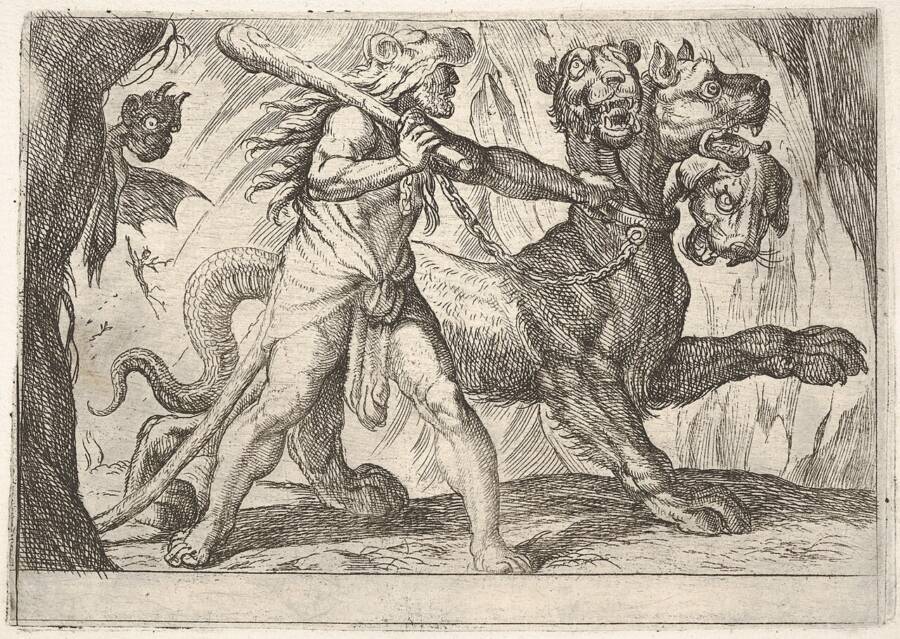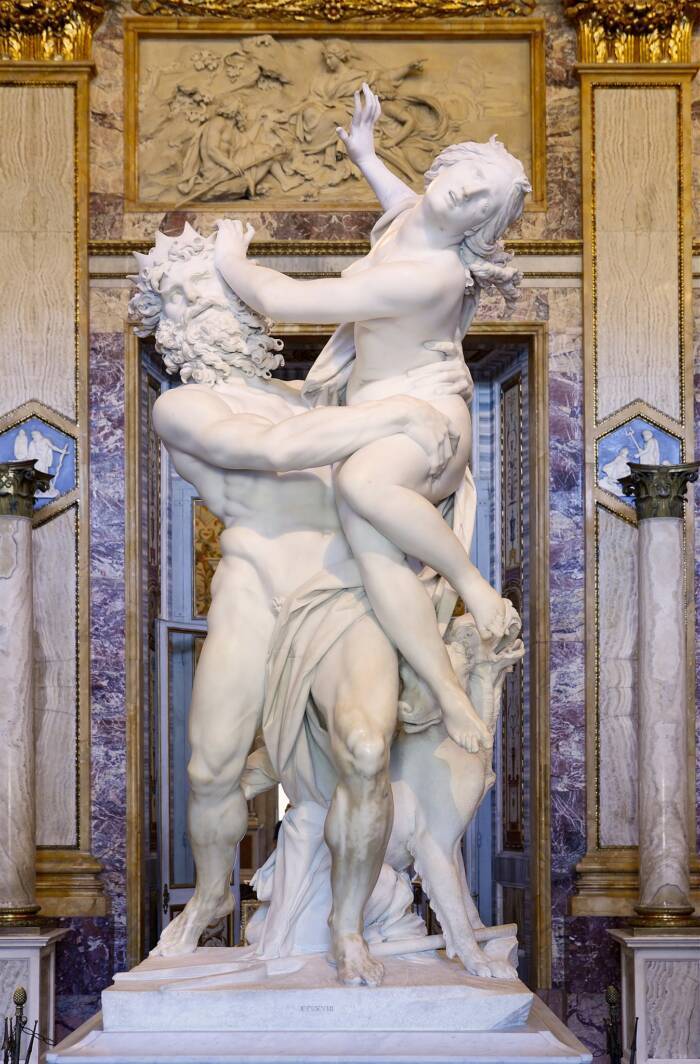Hades, The Greek God Of The Underworld

Metropolitan Museum of ArtHades and his three-headed dog, Cerberus.
Perhaps one of the best-known gods of death is Hades, the Greek god of the underworld. Depicted with a dark beard and often a helmet or a scepter, Hades was often seen accompanied by his fearsome dog, Cerberus.
According to Greek myth, Hades and his brothers drew lots to determine their domain. While Zeus became the god of the sky and Poseidon became the god of the sea, Hades became the god of the underworld. He spent most of his time there, which is why ancient Greeks called him the “Unseen One.”
But while Hades operated out of sight, he played a huge role in ancient Greece. His role was to oversee the underworld and to ensure that the spirits who lived there were treated according to how they’d lived their lives. That said, Hades rarely appears in Greek myths — aside from one.
Greek myth states that Hades, alone in the underworld, grew lonely. He desired a wife, and his brother Zeus agreed that Hades could marry Zeus’ daughter, Persephone. Neither Persephone nor her mother, Demeter, had any say in the matter, however, and Hades effectively kidnapped Persephone while she was out one day picking flowers.

Alvesgaspar/Wikimedia CommonsThe Rape of Proserpina (the Romans’ name for Persephone).
Demeter was enraged, and Zeus was forced to make a deal with Hades and Demeter. Persephone would stay in the underworld for part of the year and return to her mother for the rest of the year. According to Greek myth, winter occurs when Persephone is with Hades and her mother mourns her absence; spring and summer occur when Persephone returns.
But as far as gods of death go, Hades is far from the most sinister. He’s more an arbiter of people’s fates rather than an evil spirit that lures them to their end — unlike other fearsome deities.





